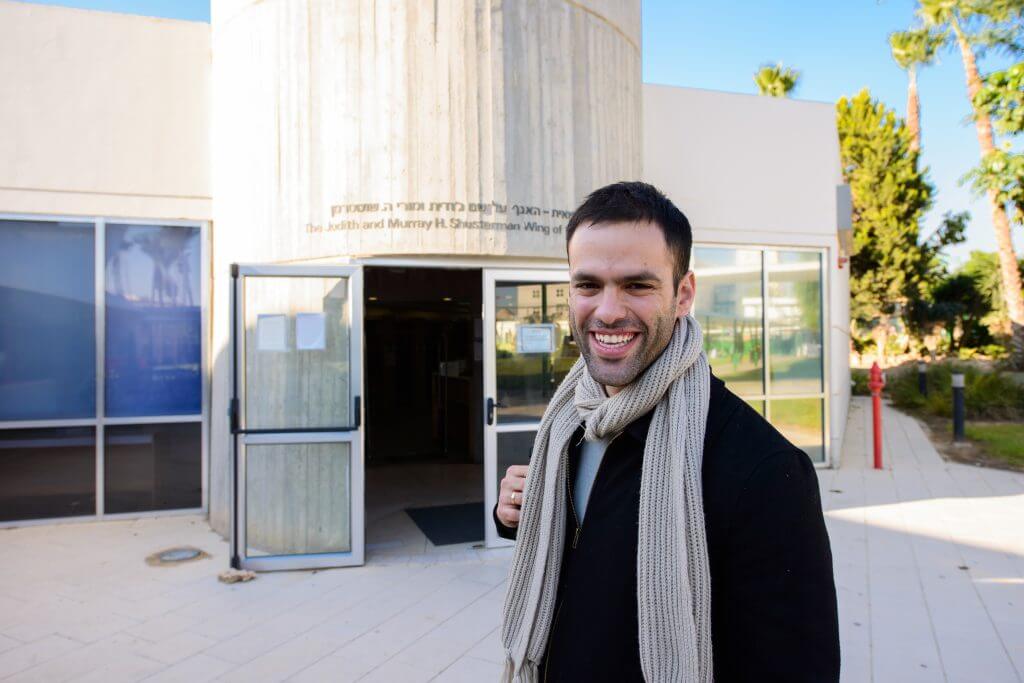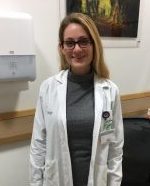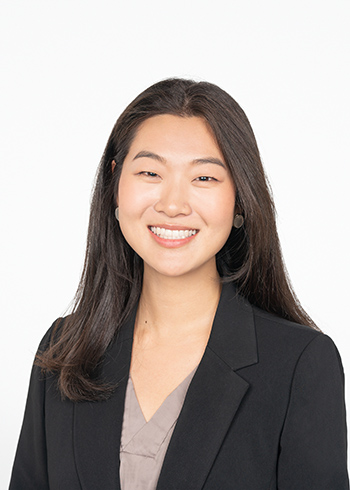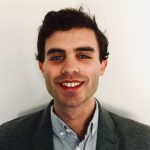In alignment with MSIH’s belief in harnessing the vast expertise that BGU has to offer in research, all students are required do research. The student research project will be in one of the following areas: research in basic bio-medical sciences, clinical research, medical ethics, medical education, epidemiology, global health or another topic approved by the Research Committee. In addition, there is an option to participate in a 4-week research elective in the fourth year so students may work on their project.
We offer a team to assist you with the planning, execution, analysis and publication of your studies. Students also have access to the greater BGU community, which is engaged in researching a broad range of topics — including geopolitics, pollution and water management, health service management, personal well-being, and even robotics and cybersecurity.





